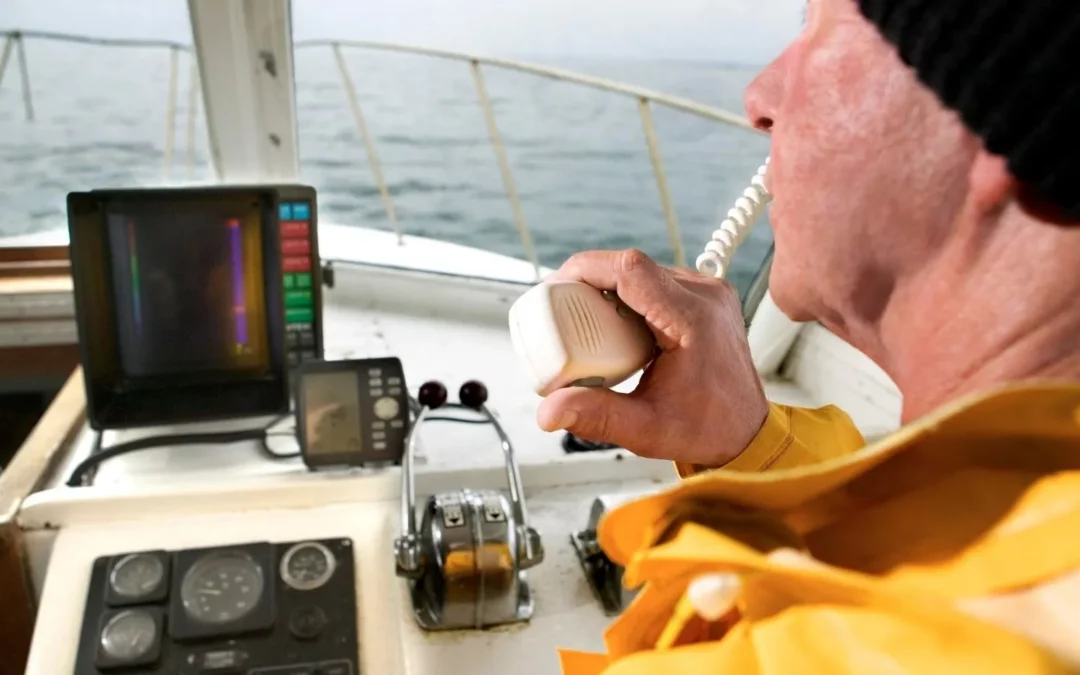

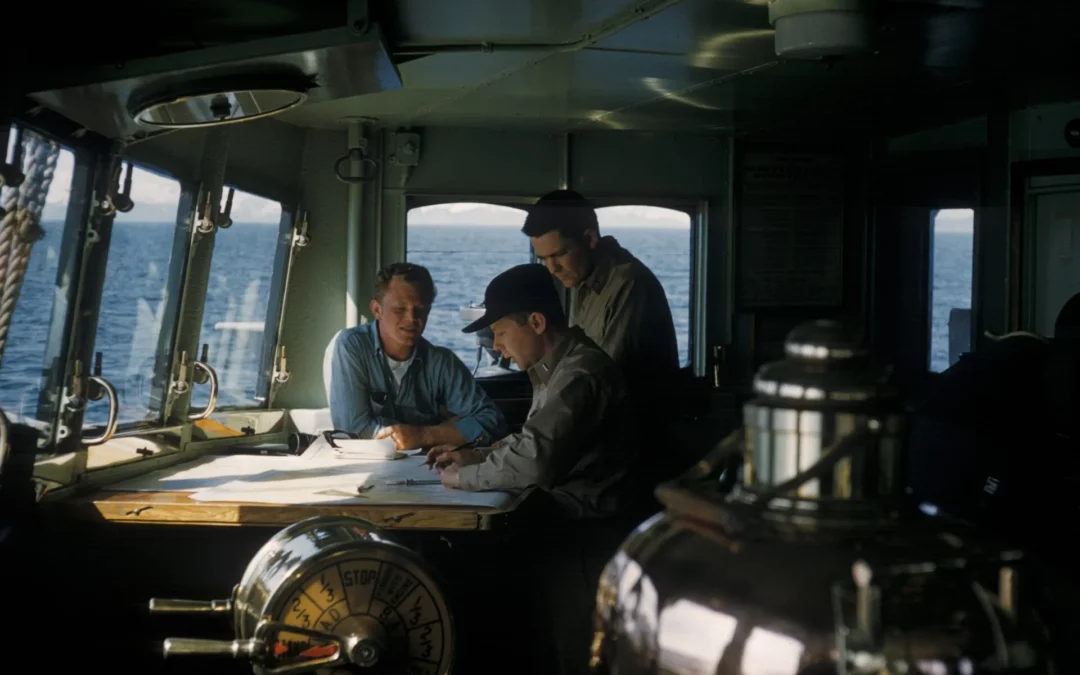
A Beginner Guide to Marine Navigational Equipment for Commercial Mariners
Navigating the vast expanse of the open sea requires more than just a keen sense of direction; it demands a comprehensive understanding of marine navigational equipment. In this beginner’s guide, we explore the significance of these tools, the types available, essential equipment for commercial mariners, and the proper usage, safety precautions, and regulations governing marine navigation.
Importance of Marine Navigational Equipment
For commercial mariners, marine navigational equipment is the backbone of safe and efficient sea travel. These instruments provide vital information about a vessel’s position, heading, speed, and the surrounding environment. In the absence of reliable navigational tools, maritime activities would be fraught with risks, from the threat of collisions to the challenges of navigating through complex waterways. Having accurate and up-to-date marine navigation equipment is not only a matter of compliance with maritime regulations but also a fundamental aspect of ensuring the safety of the vessel, its crew, and the cargo on board. This equipment acts as the eyes and ears of the mariner, guiding them through the intricate dance of tides, currents, and other vessels.
Types of Marine Navigational Instruments
Marine navigational instruments come in various forms, each serving a specific purpose in the intricate art of navigation. Among the essential tools are:
GPS (Global Positioning System):
A satellite-based navigation system that provides accurate positioning information, enabling mariners to determine their exact location on the globe.
Chartplotter:
An electronic navigation device that integrates with electronic charts, displaying real-time information about a vessel’s position, heading, and route.
Radar:
Utilizing radio waves to detect objects, radar is crucial for identifying nearby vessels, land masses, and potential obstacles, especially in low visibility conditions.
Compass:
A timeless tool, the compass provides a reliable indication of a vessel’s direction, serving as a valuable backup to electronic navigation systems.
AIS (Automatic Identification System):
Enhancing communication between vessels, AIS transponders broadcast and receive information about a vessel’s identity, position, course, and speed.
Echo Sounder:
Measuring the depth of water beneath a vessel, the echo sounder helps mariners avoid shallow waters and underwater obstacles.
Essential Equipment for Commercial Mariners
For those navigating the waters as part of commercial operations, a specific set of marine navigation equipment is indispensable. These include:
ECDIS (Electronic Chart Display and Information System):
A digital navigation system that displays electronic navigational charts and integrates with other navigation instruments for a comprehensive view.
Gyrocompass:
Offering enhanced stability and accuracy, the gyrocompass provides reliable directional information, crucial for precise navigation.
Weather Instruments:
To anticipate and navigate through adverse weather conditions, commercial vessels often carry weather instruments such as anemometers and barometers.
Navigational Publications:
Essential documents, including nautical charts, sailing directions, and tide tables, provide additional information to complement electronic navigation tools.
How to Use Marine Navigational Tools
Using marine navigational tools effectively requires familiarity and training. Mariners should undergo thorough training to operate these instruments accurately. Understanding chart symbols, interpreting radar images, and configuring GPS settings are integral parts of mastering navigation tools. Additionally, staying informed about updates to electronic charts, firmware upgrades, and changes in navigational regulations is crucial for using these tools optimally. Regular training sessions and refresher courses ensure that mariners stay proficient in the use of evolving navigational technology.
Safety Precautions and Regulations
Safety is paramount in maritime operations, and adherence to navigational regulations is non-negotiable. Mariners must be aware of and comply with international and regional regulations governing the use of navigational equipment. Regular equipment checks, maintenance, and calibration are essential to guarantee their accuracy and reliability. Avoiding distractions while navigating, maintaining situational awareness, and communicating effectively with other vessels contribute to a safer maritime environment. Regular drills and emergency response training further enhance a mariner’s ability to navigate safely during unexpected situations.
Training and Certification Requirements
Proficiency in operating marine navigational equipment is a skill that requires formal training and certification. Regulatory bodies, such as the International Maritime Organization (IMO), set standards for training and certification to ensure that mariners possess the necessary skills and knowledge to navigate safely. Aspiring commercial mariners must undergo accredited training programs and obtain the required certifications, such as the Standards of Training, Certification, and Watchkeeping for Seafarers (STCW) certification. These programs cover a range of topics, including the proper use of navigational tools, emergency procedures, and navigation in various conditions.
Importance of Proper Navigation Equipment
In the dynamic world of maritime operations, the importance of proper navigation equipment cannot be overstated. Reliable and well-maintained tools are the cornerstone of safe and efficient navigation, allowing commercial mariners to navigate confidently through challenging waters, adverse weather conditions, and busy shipping lanes. Investing in high-quality marine navigation equipment from a reputable supplier ensures that vessels are equipped with the latest technology, meeting industry standards and regulations. Whether acquiring navigational tools for a new vessel or upgrading existing equipment, choosing a reliable marine navigation equipment supplier is a critical decision that impacts the safety and success of maritime operations.
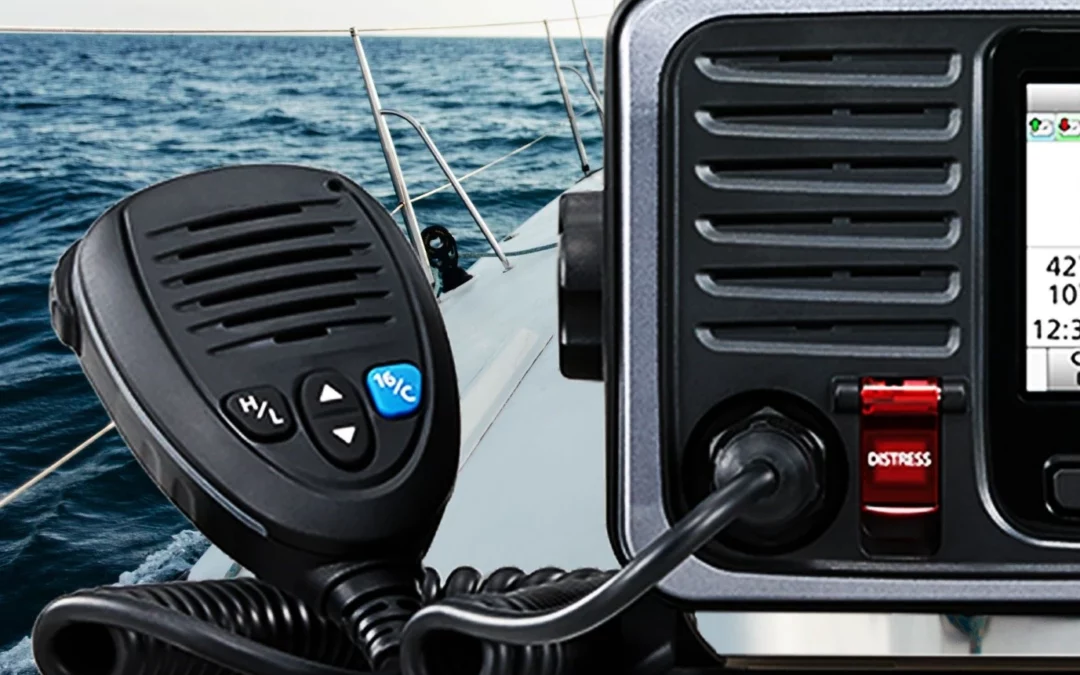
Choosing the Right VHF Radio for Commercial Marine Applications
Navigating Success with VHF Radios in Marine Operations
In the dynamic world of commercial marine applications, communication is the cornerstone of success and safety. Among the myriad tools available, Very High Frequency (VHF) radios emerge as indispensable for seamless and reliable communication at sea. In this blog post, we’ll guide you through the process of choosing the right VHF radio for your commercial marine needs, exploring crucial considerations, types, features, brand comparisons, and regulatory compliance. Whether you’re overseeing a fleet or captaining a vessel, selecting the optimal VHF radio is a decision that significantly impacts the efficiency and safety of your maritime operations.
Range, Power, Durability, Waterproof Ratings
When selecting a VHF radio for commercial marine applications, several key considerations come into play. Range is critical, especially for vessels operating over vast expanses of water. Look for radios with sufficient power output to cover the required distance, ensuring seamless communication even in remote areas. Durability is equally important, as marine environments can be harsh. Opt for radios designed with rugged construction and resistance to the elements. Additionally, prioritize models with high waterproof ratings to withstand splashes, rain, and even immersion in water.
Fixed-Mount vs Handheld
The choice between fixed-mount and handheld VHF radios depends on the specific needs of your commercial marine operation. Fixed-mount radios are permanently installed on the vessel, offering higher power output and often more features. They are ideal for larger vessels where consistent and powerful communication is paramount. On the other hand, handheld VHF radios provide flexibility and portability. They are suitable for smaller vessels, tenders, or situations where crew members need to maintain communication while on the move or in emergencies.
DSC, GPS Integration, Channel Scanning
Modern VHF radios come equipped with a range of features that enhance their functionality and contribute to the efficiency of marine operations. Digital Selective Calling (DSC) is a crucial feature that allows for automatic distress alerts, improving the response time in emergencies. GPS integration enables accurate position reporting and tracking, facilitating navigation and coordination. Channel scanning capabilities are beneficial for monitoring multiple frequencies simultaneously, ensuring you stay connected and informed even in dynamic maritime environments.Popular Models and Their Specifications
Choosing a reputable brand is vital when selecting a VHF radio for commercial use. Several brands are recognized for their reliability and performance in marine environments. Compare popular models, taking into account factors such as power output, durability, and additional features. Some noteworthy brands include ICOM, STANDARD HORIZON, and MOTOROLA. Visit www.tecomart.co for an extensive selection of VHF marine radios, offering a variety of models to suit different commercial marine needs.
Compliance with Maritime Authorities
To ensure seamless and standardized communication across the maritime industry, compliance with regulations set by maritime authorities is imperative. Familiarize yourself with the specific requirements for VHF radios in your region, including licensing, frequency usage, and equipment standards. Selecting a VHF radio that aligns with these regulations not only ensures legal compliance but also contributes to the overall safety and efficiency of marine communication networks.
Select the Optimal VHF Radio for Safety
In the bustling realm of commercial marine applications, the right VHF radio is more than a communication tool—it’s a lifeline. By carefully considering factors like range, power, durability, and features, and comparing reputable brands, you can confidently choose a VHF radio that meets the unique demands of your operation. Whether you’re looking for a fixed-mount powerhouse or a portable handheld solution, the right VHF radio from www.tecomart.co can elevate the safety and success of your commercial marine endeavors. Make an informed decision, and navigate the seas with communication that’s as reliable as your vessel.
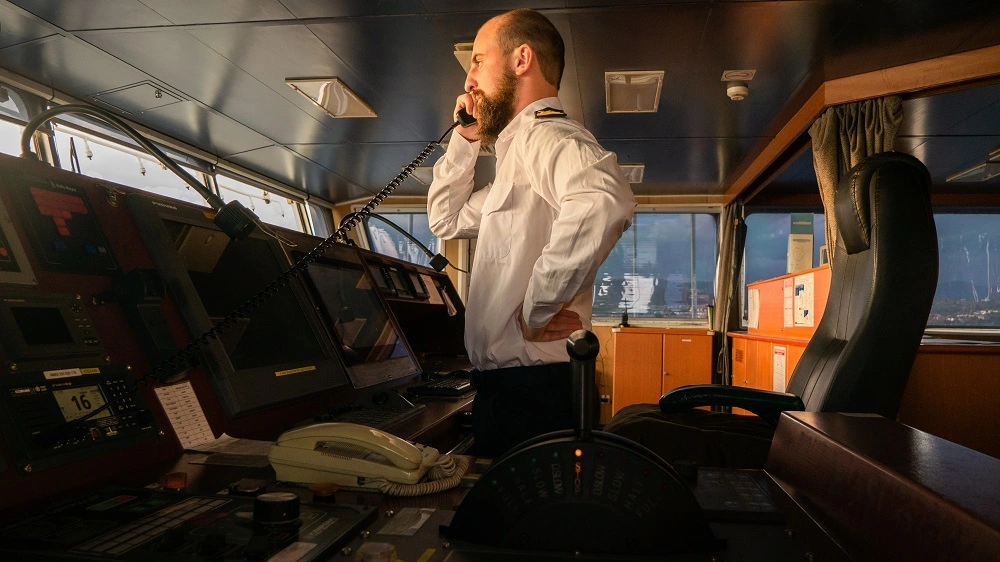
Tips for Extending the Range of Marine Radios on Commercial Vessels
Importance of Marine Radio Communication on Vessels
In the vast expanse of the open sea, effective communication is the lifeline of maritime operations. Marine radios play a pivotal role in ensuring seamless communication between vessels, enhancing safety, and optimizing efficiency. This blog post explores essential tips for extending the range of marine radios on commercial vessels, empowering maritime professionals with the tools for reliable communication.
Understanding Range: Factors Affecting Signal Distance Radio
Frequency Bands and Regulations
Understanding the frequency bands allocated for marine radio communication is crucial. Different bands offer varying ranges, and compliance with regulations ensures interference-free communication.
Line of Sight and Obstructions
The range of marine radios is significantly influenced by the line of sight. Minimizing obstructions, such as large structures or geographic features, can enhance signal propagation and extend communication range.
Antenna Placement: Strategic Positioning for Optimal RangeAntenna Height
Elevating the antenna improves signal coverage. Mounting antennas as high as practical on the vessel enhances the radio’s ability to transmit and receive signals over longer distances.
Clear Antenna View
Ensure the antenna has an unobstructed view of the horizon. Obstacles, like masts or rigging, can block signals and limit the effective range of the marine radio.
Proper Maintenance: Ensuring Equipment is Functioning Correctly
Regular Checks and Inspections
Establish a routine for checking and inspecting marine radio equipment. Address any issues promptly to maintain peak performance and prevent potential malfunctions.
Battery Health
A reliable power source is essential for consistent radio communication. Regularly check and replace batteries to ensure they are operating at full capacity.
Using Repeaters: Extending Coverage with Relay Stations
Introduction to Repeaters
Repeaters act as relay stations, receiving and retransmitting radio signals. Strategically placing repeaters can extend the coverage area of marine radios, especially in areas with challenging terrain.
Benefits of Repeaters
Utilizing repeaters enhances communication range and overcomes obstacles, making them valuable for vessels operating in expansive or obstructed waters.
Weather Considerations: How Weather Conditions Impact Radio Range
Atmospheric Conditions
Certain atmospheric conditions, such as temperature inversions, can affect the propagation of radio signals. Understanding these factors helps mariners anticipate potential variations in communication range.
Impact of Precipitation
Rain and fog can absorb radio signals, limiting range. Mariners should be aware of weather conditions that may affect radio communication and adapt accordingly.
Implementing Tips for Effective Marine Radio Communication
In the unpredictable maritime environment, implementing these tips can significantly enhance the effectiveness of marine radio communication. Whether you are in search of radio communication equipment suppliers or exploring the latest handheld marine VHF options, www.tecomart.co provides a comprehensive range of solutions to meet the communication needs of commercial vessels. Elevate your maritime communication strategy, extend the range of your marine radios, and navigate with confidence on the high seas.
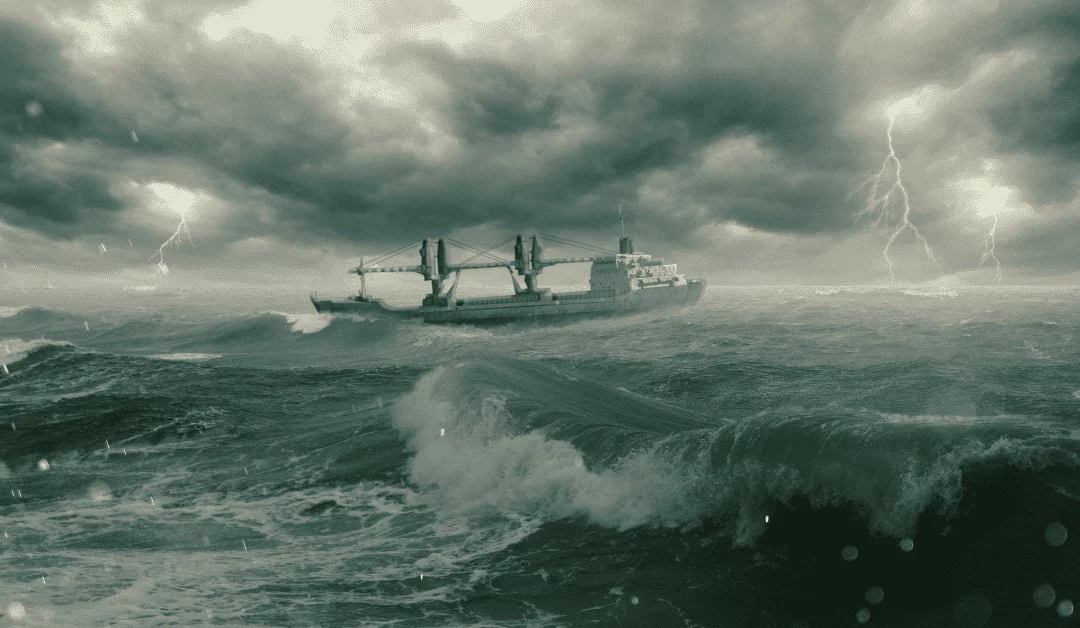
Navigating the Waves: The Importance of Weather Monitoring for Commercial Fishing Safety
Importance of Weather Monitoring in Fishing
The vast expanse of the open sea offers both bounty and risk to commercial fishermen. One crucial factor that can make the difference between a successful voyage and a perilous one is weather monitoring. In this blog post, we explore the pivotal role of weather monitoring in ensuring the safety of commercial fishing operations.
Risks of Ignoring Weather Conditions
Unpredictable Seas
Commercial fishing is inherently challenging, and ignoring weather conditions can lead to unpredictable and dangerous seas. Sudden storms, high winds, and rough waves pose significant threats to both crew and vessels, making it imperative to stay informed about the ever-changing weather patterns.
Navigation Hazards
Lack of weather awareness can lead to encountering unexpected navigation hazards. From turbulent waters to shifting currents, these hazards can jeopardize the safety of the crew and the integrity of the fishing equipment.
Benefits of Weather Monitoring Systems
Early Warning
Early Warning
Implementing weather monitoring systems provides commercial fishermen with early warnings about upcoming weather events. This foresight enables them to make informed decisions, preventing potential disasters and ensuring the safety of the crew.
Enhanced Preparedness
Knowing the weather conditions in advance allows fishermen to prepare adequately. From securing equipment to adjusting fishing strategies, enhanced preparedness minimizes the impact of adverse weather on both the catch and the crew.
Types of Weather Monitoring Technology
NAVTEX Technology
NAVTEX, a crucial component of GMDSS (Global Maritime Distress and Safety System), plays a pivotal role in transmitting navigational and meteorological warnings. Investing in a GMDSS NAVTEX receiver ensures real-time access to critical weather information, enhancing situational awareness.
Radio Communication Equipment
Reliable radio communication equipment, such as those available at www.tecomart.co, is essential for staying connected and receiving weather updates. These devices facilitate seamless communication, ensuring that fishermen are well-informed about the latest weather conditions.
How Weather Data Helps with Decision-Making
Informed Route Planning
Access to accurate weather data empowers fishermen to plan their routes strategically. By avoiding areas with adverse weather conditions, they can navigate safer waters, mitigating the risks associated with unpredictable weather.
Real-time Decision-Making
Weather monitoring allows for real-time decision-making. Whether it’s deciding to return to port due to an approaching storm or adjusting fishing operations based on changing conditions, having up-to-date weather information is critical.
Prioritize Safety with Weather Monitoring
In the dynamic world of commercial fishing, where uncertainty is constant, prioritizing safety through weather monitoring is not just a recommendation but a necessity. By investing in advanced technologies like NAVTEX and reliable radio communication equipment, fishermen can safeguard their livelihoods, ensuring that each voyage is a step toward success rather than a gamble with the elements.
